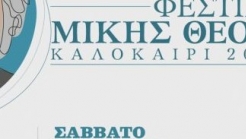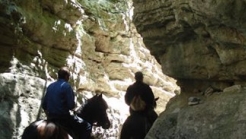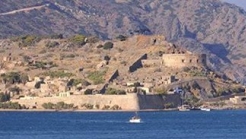

Greece
Plato’s Academy has been the meeting point of all the greek philosophical minds of the ancient times, and still maintains its glamor, attracting thousands of visitors.
This Athens suburb was named bu the hero Academos or Ecademos, but remained in history due to the philosophical school that Plato founded in the area. It has been inhabited from the prehistoric times to the 6th century AD. During the 6th century AD, one of the famous Gymnasiums of Athens was founded in the area. It has been reported that Hippias Peisistratides built a courtyard, while Cimon planted the area with trees, only to be brought down in 86 BC by Syllas. In the year 387 BC, Plato founded the famous School by the same name, which was famed by the Neoplatons, to be stopped in 526AD by Justinian.
The most important monuments of the Archeological area of Plato’s Academy are:
The Sacred House of Geometric Times. It is comprised of seven rectangular spaces, on each side of a corridor. The building show many similarities to hte sacred house of Elefsina. Based on remains of sacrifices in the area, it is believed that intense rituals took place.
The Gymnasium (1st century BC – 1st century AD). It is a big rectangular building with internal Peristyle and rooms on the north side. Inside it existed a smaller space, used as a Palaestra.
The Peristyle Building (4th century BC). A big rectangular building with an interrnal Peristyle. Some consider it to have been a Palaestra, while others an annex of the Gymnasium.
The Early Helladic absidal house. It comprises of a vestibule, a central hall and a small auxiliary room, and has been interprated as the prehistoric residence of the hero Academos.
Plato’s Academy has been the meeting point of all the greek philosophical minds of the ancient times, and still maintains its glamor, attracting thousands of visitors


Chania, from 27 to 29 July For the 4th consecutive year, the "Mikis Theodorakis" Festival is held in Chania at 27,28,29 July 2018. The program of actions is as follows:


The canyon of Imvros is located at the prefecture of Chania, close to Sfakia .Spectacular, and with narrow passages, the canyon comprises of rocky formations. The wild flora is intense, ruling everywhere, with trees exploding literally out of rocks and stone.


The port of Spinalonga is situated on the northwest side of the gulf of Mirabello. On the entrance of the port, close to the Spinalonga peninsula, is where the skerry of the same name is located, entirely surrounded by a fort.
1039 Ε 6061 01515 00